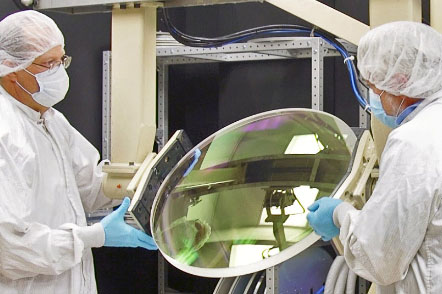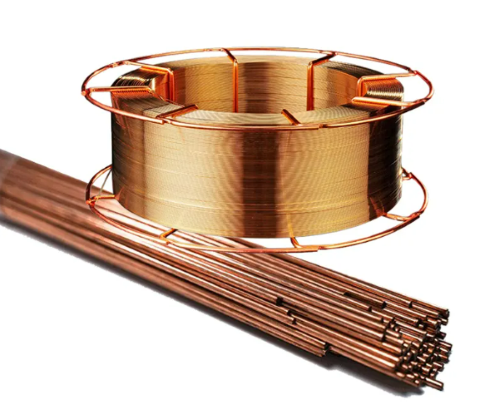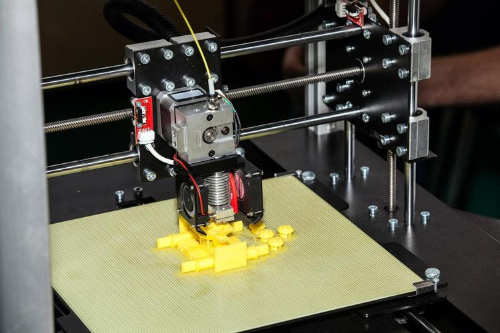Why Can Rare-earth Elements Be Used for Dental Coloring?
Rare-earth elements are now widely used in dental materials to create colors that look like real teeth. Yttrium-stabilized zirconia is one of the most common ceramics in dental work. It is strong, safe for the body, and has low thermal conductivity, which makes it a great choice for dental implants and crowns. However, without coloring, it appears chalky white and doesn’t match the natural look of teeth. Rare-earth elements help achieve a closer match to tooth color.
Why Use Rare-earth Elements?
Rare-earth elements have special optical qualities. They produce stable and vivid colors, perfect for creating a natural appearance in dental ceramics. Elements like cerium (Ce), praseodymium (Pr), erbium (Er), and neodymium (Nd) are commonly used because they offer reliable, natural shades and are safe in small amounts. These elements help give dental materials colors that look natural, helping patients achieve a seamless look in dental restorations.
Methods of Coloring with Rare-earth Elements
There are two main ways to color dental ceramics with rare-earth elements: immersion coloring and powder blending.
Immersion Coloring
In immersion coloring, the zirconia material is soaked in a dye solution with rare-earth elements. This step usually happens after the material has been partly sintered. The dye seeps into the zirconia, creating a color that can be adjusted during later high-temperature processing. This method is easy and widely used, but it needs careful handling to avoid uneven coloring, which can make the final product look patchy.
Many dye solutions available today use rare-earth elements because they offer reliable colors. These dyes can be tailored to match the specific shade needed, resulting in a better match for each patient's natural tooth color.

Powder Blending
In the powder blending method, rare-earth colorants mix directly with zirconia powder before high-temperature sintering. During heating, the coloring ions blend into the zirconia’s structure, giving a solid color throughout the material. This method provides even coloring, reducing inconsistencies that might arise from immersion coloring, such as variations due to material thickness. Powder blending creates a uniform color and has less effect on the material’s brightness.
However, adding rare-earth elements to zirconia can slightly change its properties. Careful mixing and adjustments ensure that the color is even without affecting the material’s strength.
Effects of Rare-earth Coloring on Material Properties
Dental ceramics need two main qualities: high strength and safety for the body. Zirconia performs well in both areas, but adding color can sometimes affect these qualities. It’s essential to control the amount and type of rare-earth elements used.
Mechanical Properties
Dental materials must withstand strong bite forces, especially in the back of the mouth. Human molars can exert up to 700 N or more, so dental ceramics should have a bending strength of at least 800 MPa. Research shows that adding small amounts of rare-earth elements may slightly impact zirconia’s strength, but proper control of these colorants keeps the material strong enough for clinical use.
Safety and Biocompatibility
Medical materials must pass strict safety tests before use in the body, including tests for cytotoxicity to ensure they don’t harm cells. Most rare-earth elements used in dental coloring belong to the "light rare-earth" group. While some of these elements may have slight toxicity at high levels, the tiny amounts used in dental coloring are safe. Studies show that small amounts of light rare-earth elements may even help in preventing cancer. Thus, rare-earth elements are safe and effective for creating natural colors in dental ceramics.
Conclusion
Rare-earth elements like cerium, praseodymium, erbium, and neodymium allow dental restorations to achieve realistic colors. With methods like immersion coloring and powder blending, zirconia can be colored to match natural teeth, all while keeping its strength and safety. By carefully controlling the type and amount of rare-earth elements, manufacturers balance color and durability. Companies like Stanford Advanced Materials (SAM) provide high-quality rare-earth elements to meet these needs in modern dental materials.



